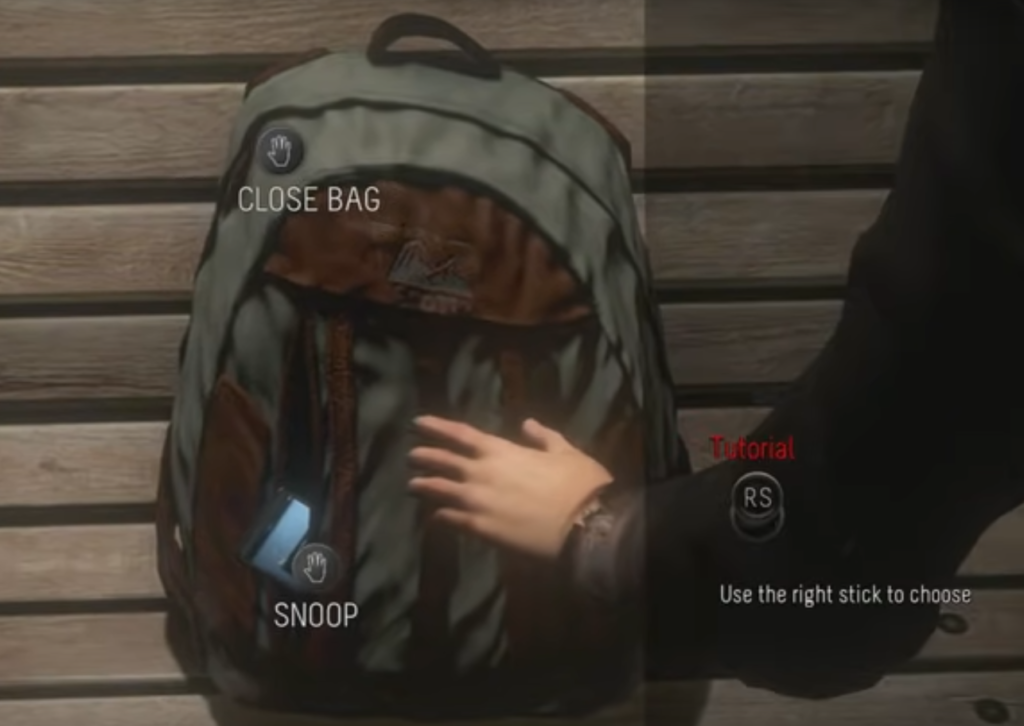I recently had the opportunity to play more Until Dawn than just the first two hours, and wanted to look at it again, having played more of the game, and looked at more video games in the class. I thought that I had really gotten the full game experience, having played the first two hours and then researching it extensively for my video essay. I was wrong! I was very surprised by the depth of references and also gameplay that did not make itself apparent in just reading synopses and watching gameplay clips.
An Extension of Horror Tropes
Rewarding Player Thinking and Inaction
Most games that have choices that impact the narrative present them in an option A or option B format. You can choose to go left, or to go right. Even if it’s choosing between performing an action or not performing it, it presents itself in the same manner. Even in a choice like letting someone live or die, it’s an option A option B choice. In this format, the game is presenting you with a clear choice, and although the consequences may be murky, the decision you are making is not.

In Until Dawn, these choices do exist. However, there are other points at which you can make a decision. Many of the “combat” are formatted like Quick Time Events, however, for some of them failing them isn’t a failure. You can make the decision to not shoot or attack a target, and sometimes that’s the right decision. What’s interesting about these, however, is that the format of a QTE, implies a success and failure state. Until Dawn’s QTEs will kill characters if failed. However, in some of these shooting sequences, firing is not the “correct” decision, but the format amps up the pressure on the player to decide one way or the other, without the choice being a clear one. Doing so adds tension and mystery to the otherwise more straightforward decisions.
I’m really looking forward to finishing Until Dawn and seeing what other surprises it has in store for me. I’m very glad I had the motivation to play it because of this class, but also better tools to examine it now because of this class as well.

